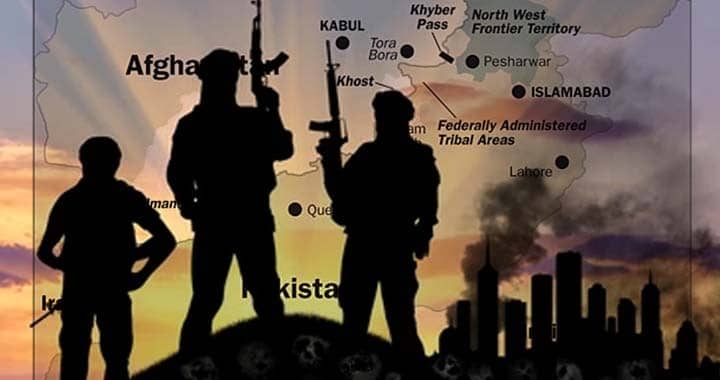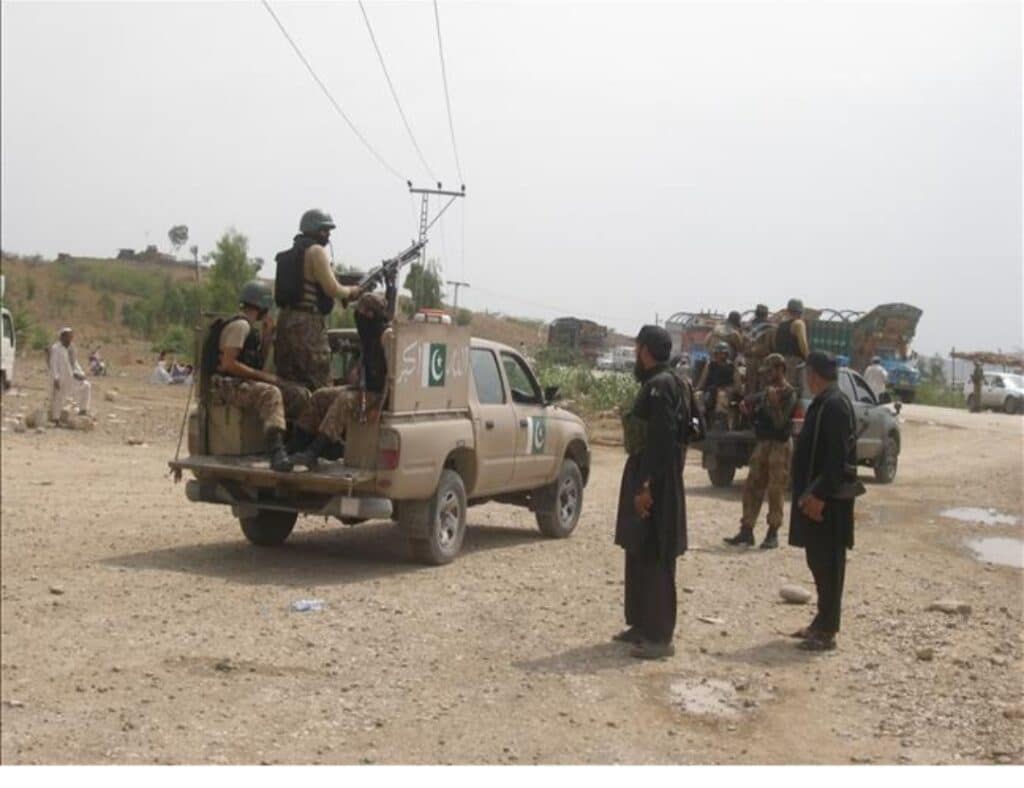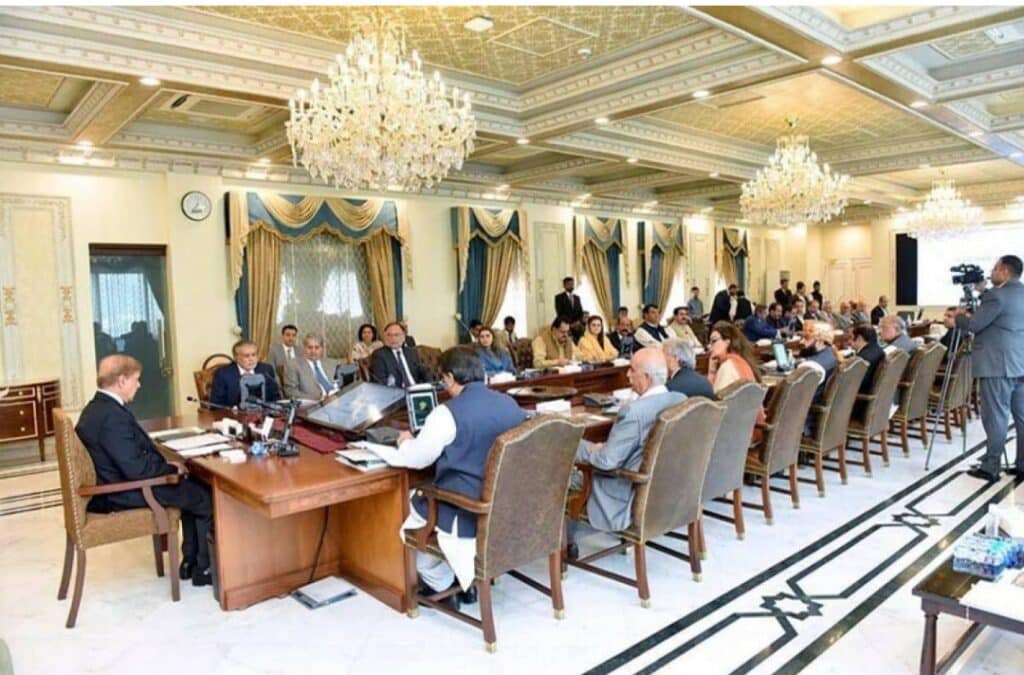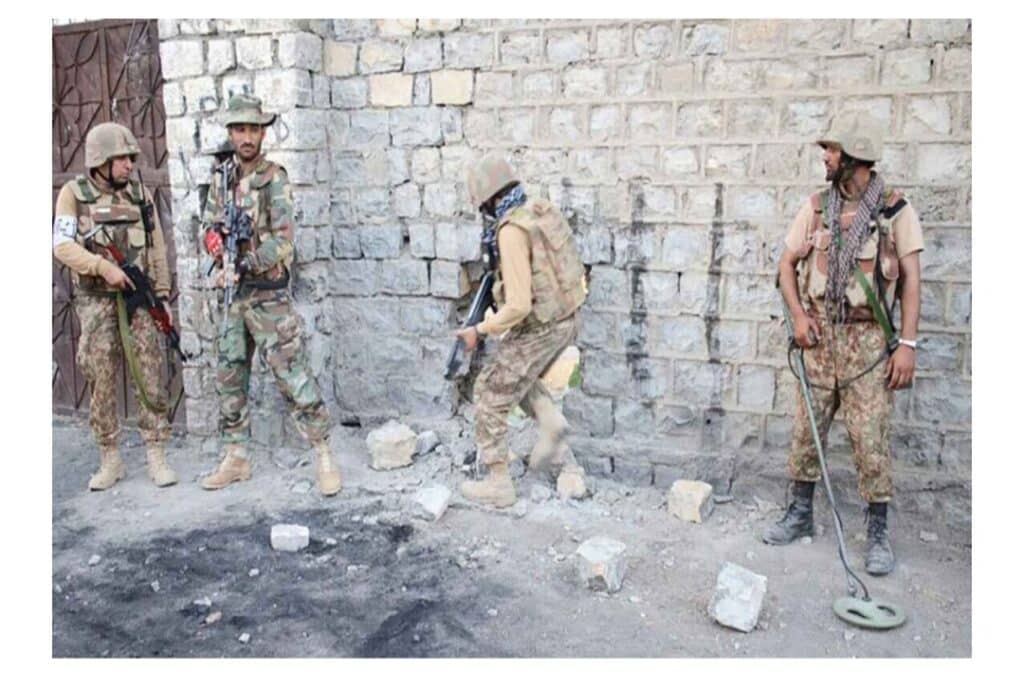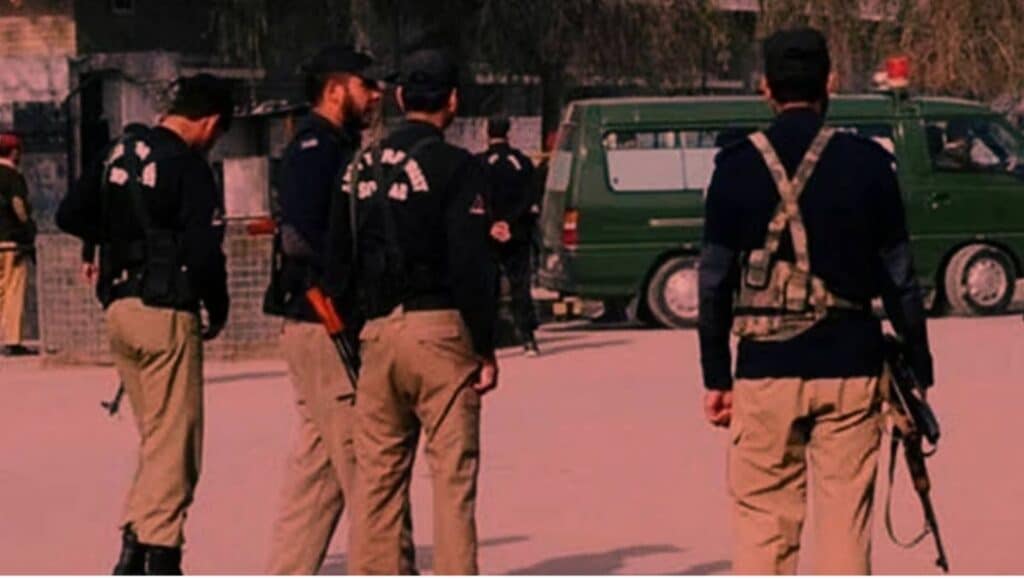The specter of terrorism that once haunted the rugged tribal belts of Pakistan has now morphed into a transnational menace, with the Tehreek-e-Taliban Pakistan (TTP) at its vanguard. What was once confined to the harsh mountains of the former Federally Administered Tribal Areas (FATA) has spilled into Pakistan’s urban centers, injecting fear into every strata of society. The post-9/11 global disorder, fuelled by the rise of Al-Qaeda and later ISIS, has created a dangerous ecosystem where terrorist organizations find ideological sanctuaries, foreign patrons, and unrelenting opportunities to destabilize Pakistan.
The 9/11 attacks did more than shatter America’s sense of invincibility they conferred upon terrorist entities a dangerous illusion of state-like power. Al-Qaeda, intoxicated by its triumph, inspired militant factions across the Muslim world. Yet, the subsequent U.S. invasions of Afghanistan and Iraq scattered these networks, driving them to seek refuge in the porous frontiers of Afghanistan and Pakistan. This vacuum birthed ISIS, a monster that momentarily carved out a caliphate in Iraq and Syria, before coalition firepower drove it into retreat. But ISIS was never extinguished it merely mutated, financing and providing ideological oxygen to groups like TTP, now entrenched in Afghanistan.
Pakistan’s internal security dilemma has worsened with this shift. The TTP, once a fragmented network reeling under Pakistani military operations, has found new lifelines. Its alliance with ISIS is not accidental but strategic born of desperation and greed. Losing territorial grip in FATA, TTP turned to ISIS for financial support, ideological legitimacy, and a renewed global narrative of jihad. This unholy alliance has already manifested in blood-soaked tragedies the Karachi airport attack of 2014 carried out by Uzbek fighters and the barbaric Army Public School massacre in Peshawar, where innocent children were slaughtered, remain chilling reminders of what this nexus can unleash.
Pakistan is not battling this menace in isolation. The soil of Afghanistan, particularly provinces like Kunar and Nuristan, has become a sanctuary for TTP. Hostile intelligence agencies, regional rivalries, and sectarian proxies provide not only ideological patronage but also operational and logistical support to these terrorist outfits. This makes the TTP threat not just Pakistan’s problem it is a regional and international challenge that endangers the very fabric of global security.
The interplay of domestic vulnerabilities, regional hostility, and systemic pressures aligns with neoclassical realism: Pakistan is ensnared in a security dilemma exacerbated by the Indo-Afghan nexus and persistent U.S. interference. India, emboldened by its growing influence in Kabul and Washington, has become an indispensable actor in this equation. The U.S. presence in Afghanistan has further complicated the security calculus, sowing mistrust between Washington and Islamabad. The South Asian Strategic Review has only widened this gulf, making coordinated counterterrorism efforts a mirage rather than a reality.
The ideological battlefield, too, is as lethal as the kinetic one. After 9/11, neo-conservatives in Washington fanned the flames of anti-Islamic sentiment, fueling terrorist propaganda that branded the War on Terror as a civilizational clash. Huntington’s “Clash of Civilizations” thesis once an academic theory was weaponized by extremists to radicalize gullible minds across the Muslim world. By painting their violent agenda as a defensive jihad against Crusaders, terrorists have sustained their recruitment pipelines despite global military crackdowns.
What makes the TTP threat existential is not merely its capacity for violence but the ecosystem enabling its survival: sectarian fault lines within Pakistan, porous borders with Afghanistan, foreign intelligence patronage, and the ideological intoxication of global jihad. Left unchecked, this menace could again plunge the region into chaos, undermining international efforts to combat terrorism.
The path forward demands more than military operations it requires a comprehensive regional strategy. Afghanistan, Pakistan, the United States, and regional players must move beyond mutual suspicion and embrace shared responsibility. Respect for sovereignty, non-interference in internal affairs, and coordinated intelligence-sharing are the minimum prerequisites. At the domestic level, Pakistan must enforce the National Action Plan with an iron fist, dismantling extremist networks, curbing sectarian violence, and addressing vulnerabilities that militants exploit.
The TTP’s resurgence is not a phantom threat; it is a roaring fire waiting to consume Pakistan’s hard-earned stability. Its ties with ISIS and foreign proxies make it a formidable adversary. If Pakistan and its allies do not act decisively and collectively, the sacrifices of the past two decades will stand betrayed, and the region will once again be dragged into the abyss of terror.
The choice is stark: either crush the TTP with unified resolve or watch terrorism’s black banner rise again over the bloodied frontiers of South Asia.

